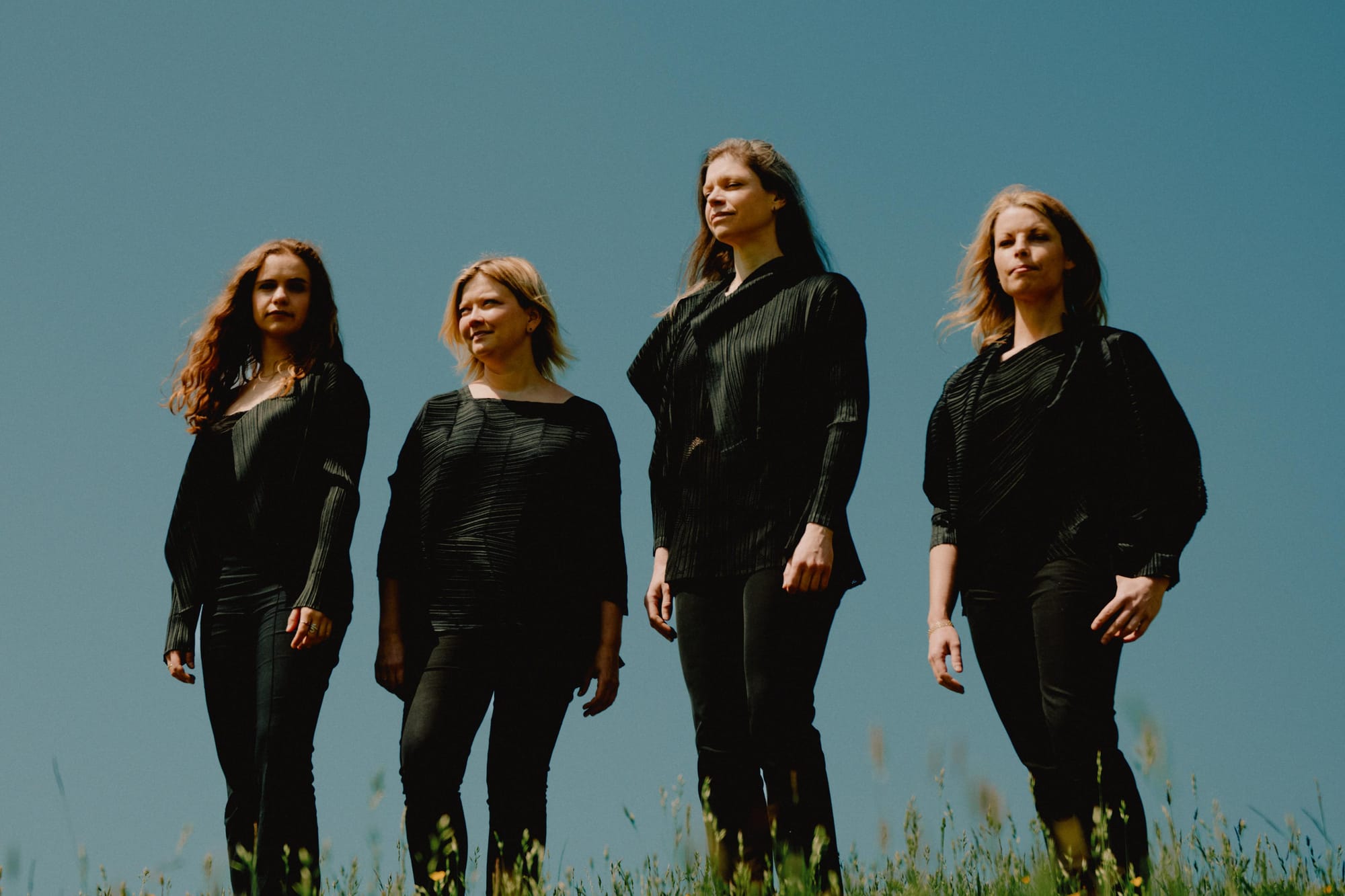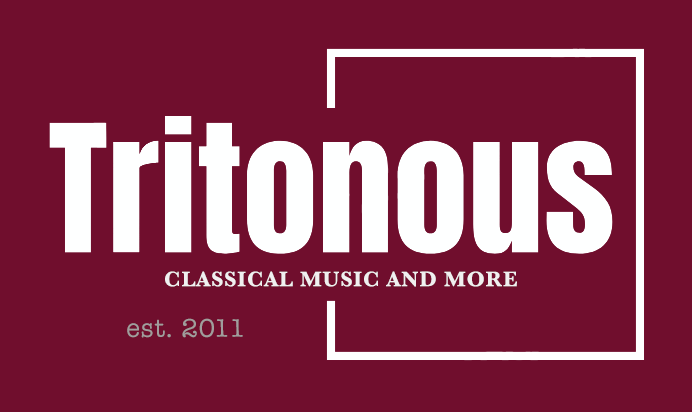
Beethoven, Brahms Cédric Tiberghian (piano); Chiaroscuro Quartet. Wigmore Hall, 10.07.2025
Beethoven Strnig Quartet No. 13 in B flat, Op. 130 (with Große Fuge, Op. 133)
Brahms Piano Quintet in F minor, Op. 34
Recently, we featured the Chiaroscuro Quartet in Haydn on BIS; hearing them just a day or so later at London’s Wigmore Hall seemed irresistible.
Beethoven’s Op. 130 String Quartet, one of the great sequence of that composer’s late quartets, is a behemoth of a work: all the braver, then, of the Chiaroscuro Quartet to place it in the first half of their Wigmore concert.
Playing on gut strings and historic bows, the Chiaroscuro can play with extraordinary translucency, and also have access to a rawness of sonority unavailable to modern instruments. It was also the sheer breadth of dynamic range that was so impressive here, from barely audible pianissimos, to ferocious fortissimos; some passages of the first movement seemed to verge around the pppp mark. Reflecting those full-spectrum dynamics was an ability to honour Beethoven’s stark juxtaposition of tempo and texture: the four players’ control over their instruments was complete.
And what a difference it makes to have an absolutely global standard first violin in the quartet: Alina Ibragimova’s placing of high notes was always absolutely spot-on. And yet sh is not a soloist in any way: the dialogue between Ibragimova and the Chiaroscuro’s cellist, Claire Thiron, was immaculate. How refreshing, too, to hear. true Presto, properly virtuoso, rhythms generating maximal excitement, Beethoven’s composed downwards ‘slides’ were perfectly judged. Worth noting, too, the clarity of Emilie Hörnlund’s viola contribution at the end: every detail is deeply considered in this reading.
The Andante con moto ma non troppo was charming, Ibrgimova and fellow violinist Charlotte Saluste-Bridoux in perfect accord; and how tight were the turns Beethoven asks for. The ‘Alla danza tedesca’ was light and beauiful, so clearly related to the second movement, while Ibragimova’s variation was so, so smooth in delivery; it was the tossing of phrases around the quartet that was so impressive, however.
Late Beethoven sting quatets boas some of the most expressive slow movements known to man; the Cavatina of Op. 130 is a blissful outflow of emotion, and how glorious it was here. It also includes. passage marked ‘choked’; and how freely, how heart-rendingly, this was treated, Ibragimova almost improvising. The contrast to the Große Fuge (Great Fugue) is stark; no publisher compromise here (the alternative finale), but music that prefigures Modernism, its threadbare textures and disjunct intervals almost Webernian. This was an utterly uncompromising performance. At times it feels like. battle between the two violins and viola and cello; at others the music groped its way forwards, at still others, it exploded in anger before a fugal juggernaut caused the music to hurtle towards its conclusion. Utterly stunning.
We looked at the Chiaoscuro’s BIS recording of Op. 130 (coupled with he “Harp” Quartet, Op. 74) here.
The piano used for the Brahms was an 1899 Bechstein (the year the Wigmore Hall was commissioned); pitch was adjusted to match the gut strings used by the Chiaroscuro Quartet. The Op. 5 Piano Quintet dates form 1862, but was revised in 1864, under 40 years after Beethoven’s Op. 130. The piano sound from the Bechstein in the hall was notably rounded (more so than on the webcast – see below); coupled with the ‘sharper’ sound of the gut strings, his made for a fascinating combination that allowed all of Brahms’ delicious detail to chine through. String lines, from all four players, could carry effortlessly; a real sense of dialogue ensured, both between piano and strings and between members of the quartet. Second violin Charlote Saluste-Bridoux has to be a chamber music chameleon, sometimes siding with Ibragimova, sometimes with Hörnlund; it was brilliantly carried through. Tiberghien is a superb pianist and an equally superb chamber player: as a result the transition back to the opening of the first movement was the best I have ever heard it.
Some of the progressions in the slow movement felt like a prolongation, or even extension, of the Beethoven; this after an exquisitely lullaby-like opening. What came across most though was the organic nature of Brahms’ writing; how the small was related to the large everywhere. Balance between Tiberghien’s Bechstein and the strings felt so natural; that extended, to, to the fiery Scherzo (placed third in this piece). Rhythms were full of energy, leading to the wide-ranging finale, whose opening seemed to grasp towards the light. Brahms offers no throw-away ending; the Chiaroscuro Quartet and Tiberghien offered no throw-away performance. Brahms’ sophisticated part-writing, itself quite advanced, seemed to unfurl in front of us; bare textures seemed to hearken back to Beethoven’s Op. 133.
The recommended disc version here is Pollni with the Quaretto Italiano, a 1980 recording on DG:
A remarkable evening at Wigmore Hall. No encore (I had wondered if the Chiaroscuro Quartet might play the replacement finale of Op. 130), but what a fine concert!.










